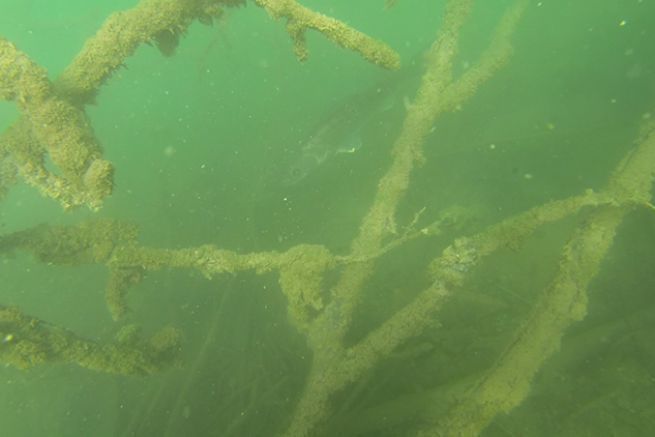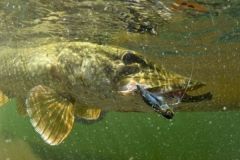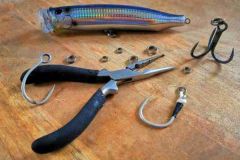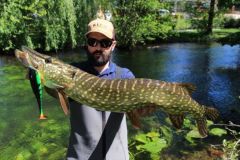Don't miss the steps
When you arrive at a spot, you have to figure that a fish may be hunting between two waters or holding near the surface. That's why it's a good idea to start prospecting with a lure that swims on or just below the surface. Then, after a few passes, you can start combing the lower layer of water, in a linear pattern between two waters.
You must play with the density of the lures to methodically prospect all the levels from the surface. Sometimes the fish will simply be lying on the bottom and to find them, you will have to go looking for them by scraping the bottom with your lure.
Do not neglect the surface
When the fish is active, it is often between two waters, the nose pointed towards the surface in an attack position. If you let your lure sink to the bottom, in the best of cases it will be intercepted on the way down by the chasing fish. But if it falls a few meters further, the fish does not see the lure that passes under it, it sees only the body of the line that may scare him and put in the water your chances of capture!
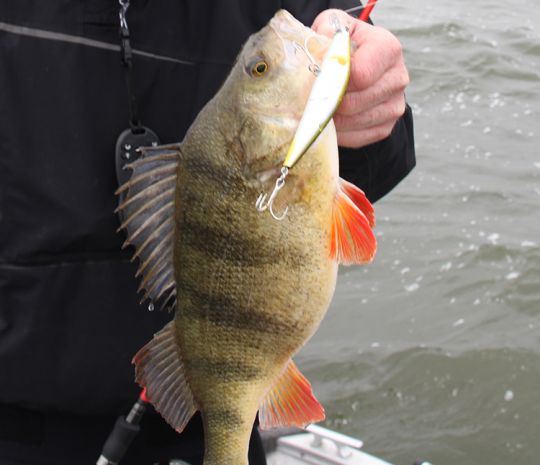
My experience
When I arrive on a spot, I try to make a few casts with a surface lure (frog, rats, stickbait, buzzbait, popperâeuros¦). If I don't get a hit, I continue with a short-bibbed swimfish that will move under the surface (between 10 cm to 1 m). This allows me not to pass by the fish in hunting. Then, I have the choice between increasing the size of my bib to gain depth or opt for another style of lure.
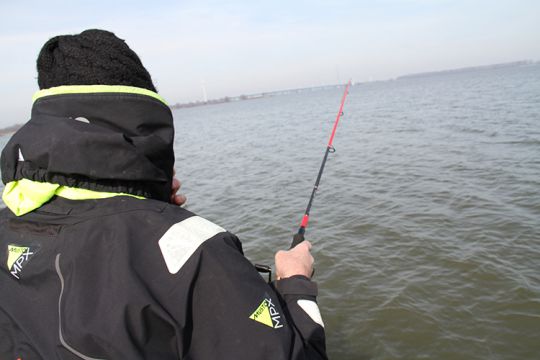
The vibrating blades, jigs and soft lures are very versatile lures that allow you to explore all layers of water by playing on their weight, animation and speed of recovery. The fish are not always at the farthest and deepest, they are sometimes right at your feet under the surface, in the edges and on the shallows!
